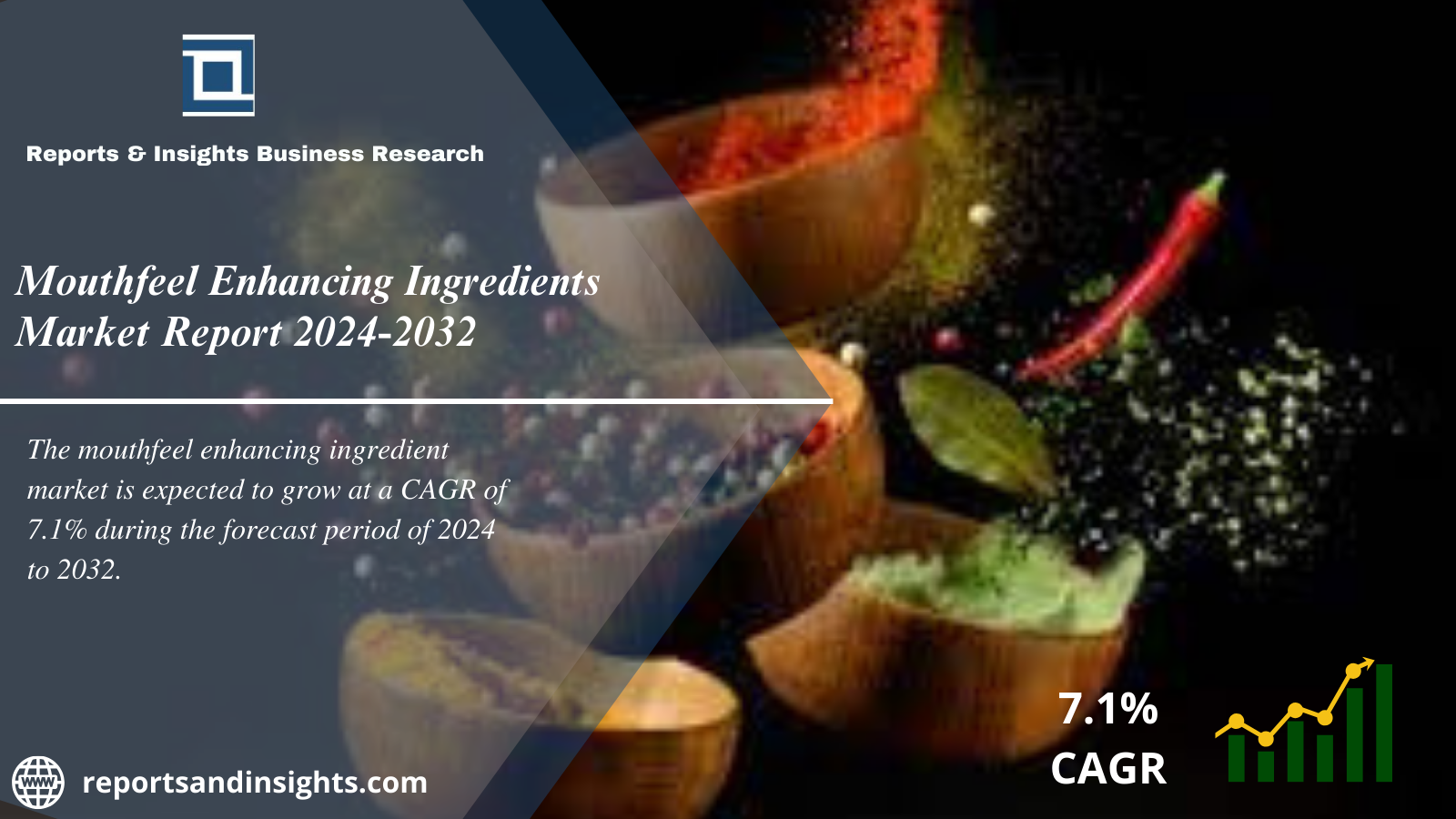Introduction
Overview of Predictive Analytics
Predictive analytics is a branch of advanced analytics that leverages historical data, statistical algorithms, and machine learning techniques to identify the likelihood of future outcomes based on historical data. It has emerged as a pivotal tool in the business landscape, helping organizations anticipate market trends, understand customer behavior, and streamline operations.
Importance of Predictive Analytics in Modern Businesses
In the digital era, data is a strategic asset. Predictive analytics empowers businesses to make proactive decisions, mitigate risks, and capitalize on opportunities with greater confidence. From improving customer satisfaction to optimizing supply chains, the applications are vast and transformative.
Evolution of Predictive Analytics
The journey of predictive analytics began with basic statistical methods and has evolved significantly with advancements in technology. The integration of big data, artificial intelligence (AI), and machine learning has propelled predictive analytics to new heights, enabling more accurate and real-time predictions.
Understanding Predictive Analytics
Definition and Core Concepts
Predictive analytics involves using historical data to build models that can predict future outcomes. The core components include data collection, data analysis, model development, and validation. These models can then be applied to new data to forecast future events.
Key Components of Predictive Analytics
-
Data Collection: Gathering historical data from various sources.
-
Data Analysis: Cleaning and processing the data to uncover patterns.
-
Model Development: Using statistical and machine learning techniques to build predictive models.
-
Model Validation: Testing the models to ensure accuracy and reliability.
The Role of Big Data in Predictive Analytics
Big data plays a crucial role in predictive analytics by providing the vast datasets necessary for building robust models. The volume, variety, and velocity of big data enhance the predictive power, allowing for more precise and nuanced predictions.





